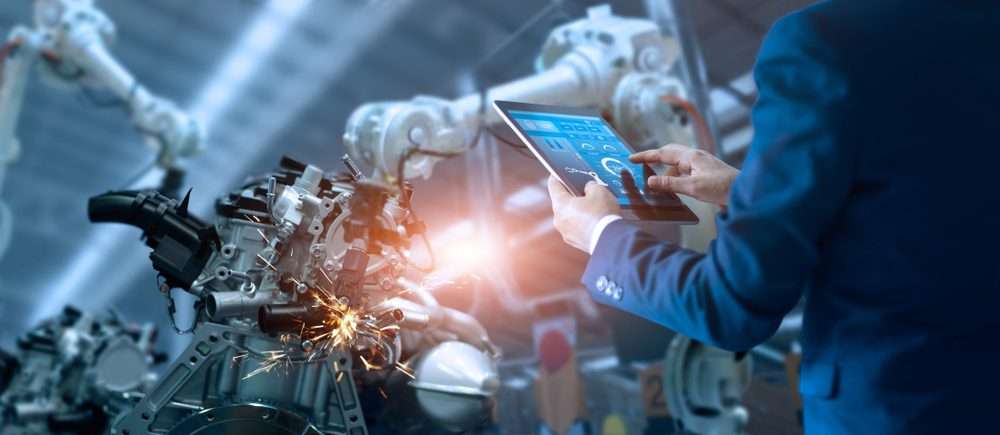As the construction industry has evolved over the past century,
so have the prefabrication techniques used in modern construction projects.
Prefabrication has become more popular in recent years because it offers many distinct advantages over traditional construction methods.
The following are some of the modern prefabrication techniques that are becoming popular in the industry.
Construction with modular components:
The most common form of modern prefabrication is the use of modular components.
Modular building units are designed to meet the specific needs of the project and generally consist of one or more basic units.
These blocks can create larger components such as walls, roofs, floors, etc.
Modular components are typically made of steel, concrete, wood, and other materials to create a strong, long-lasting structure.
Prefabrication off site:
Off-site prefabrication is the process of manufacturing components and assemblies away from the construction site.
This prefabrication method allows for a higher degree of precision and accuracy since the components are produced in a factory-like environment.
As a result, projects can be completed faster with better quality control.
It also reduces safety risks since human labor is required on site.
Automated build:
Automated construction is another modern precast technology that has become increasingly popular in recent times.
This method involves using automated machines and robots to create components,
install components, and perform other tasks such as welding, painting, and more.
Automated construction speeds up the construction process and provides a higher degree of accuracy and security.
Prefabrication is a versatile building technique that can be applied to various projects.
Modern prefabrication techniques can help reduce costs, improve safety and quality control, and complete projects faster.
From large commercial buildings to small residences and other projects.
By utilizing the latest in prefabrication technology,
developers and builders can ensure that their projects are completed efficiently and to the highest standards.
Benefits of prefabrication
Prefabrication is the process of building components of a building in a factory or off-site and then assembling them on site.
This method reduces the time required to complete the project and offers a host of other benefits.
Cost benefits:
Prefabrication offers cost advantages over traditional construction methods.
By manufacturing building components in an off-site factory,
Material cost can be reduced because the process is faster and more efficient, resulting in lower labor costs.
In addition, the materials used in prefabrication are often more durable,
which means that the building will last longer and require fewer repairs over time.
Time saving:
Prefabrication also provides time savings compared to traditional construction methods.
Structure components are built off-site, which means that all components can be delivered to site in one shipment.
This eliminates the need for multiple shipments, thus reducing the overall time needed to complete the project.
Furthermore, the construction process is much faster, as components are assembled before reaching the job site.
Increased safety:
Prefabrication also provides more safety compared to traditional construction methods.
Components are built off-site in a controlled environment,
which means they can be tested and inspected before they are delivered to the jobsite.
This guarantees a high quality product that meets all necessary safety standards.
In addition, components are designed to be self-supporting and easy to assemble, reducing the risk of injury on the job site.
All in all, prefabrication offers a range of advantages that make it an attractive option for modern construction projects.
Its cost efficiency, time savings and increased security make it an ideal choice for any project.
By utilizing prefabrication techniques, construction projects can be completed faster and more safely
while offering the same level of quality and durability as traditional construction methods.
For more architectural news







